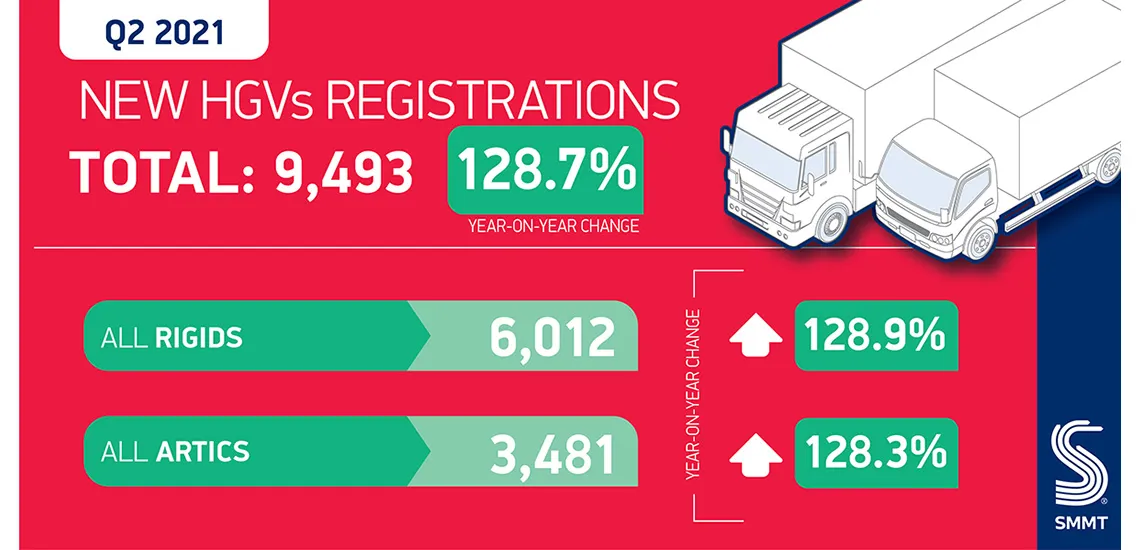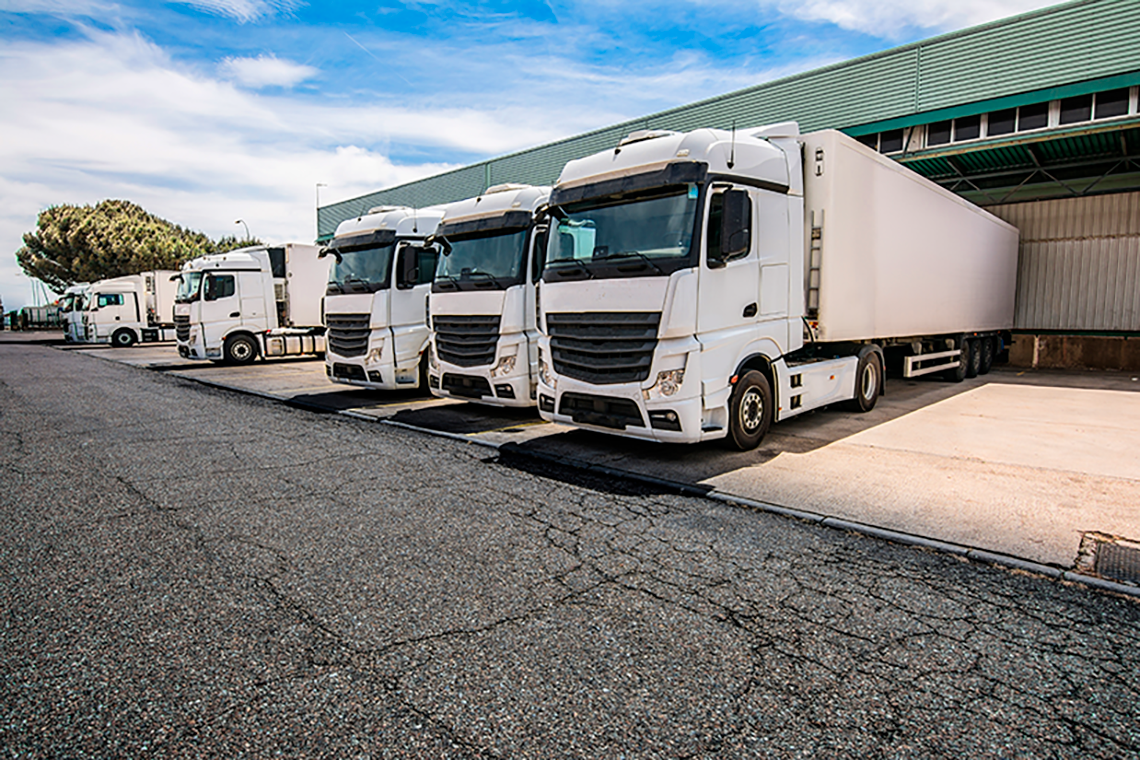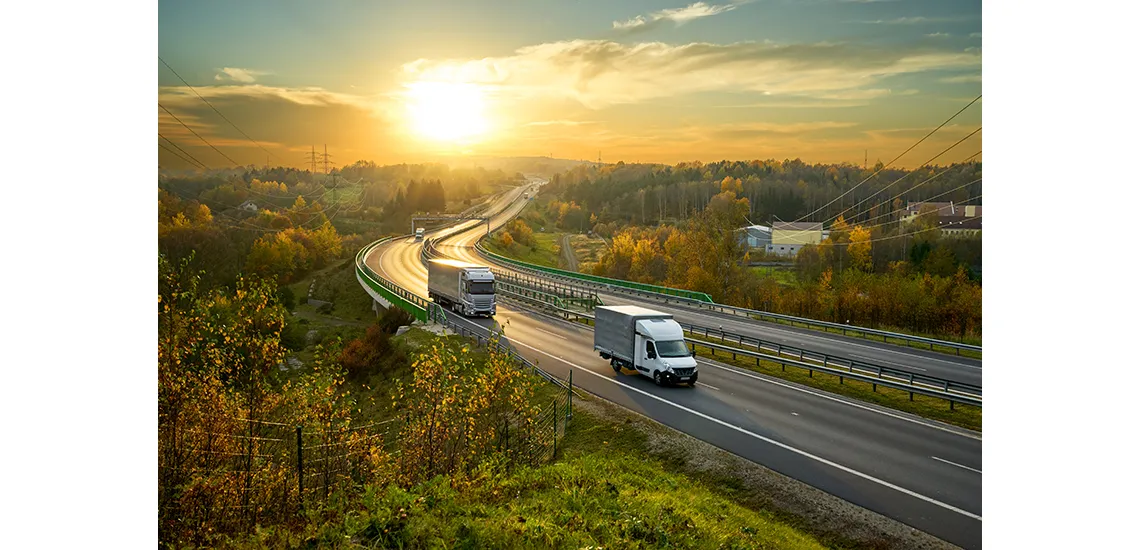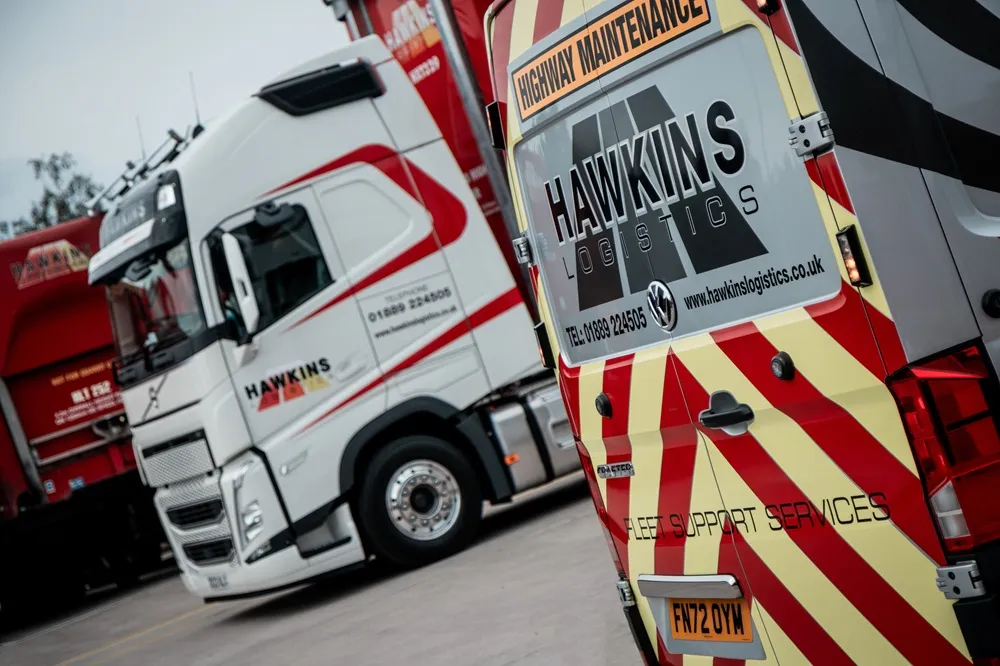The UK’s Heavy Goods Vehicles (HGV) Industry shows a clear 128.7% recovery compared from 2020’s year-to-date figures, although the market is still down 20% when compared to the pre-pandemic five-year average, in newly-released figures from the Society of Motor Manufacturers and Traders (SMMT).
National Lockdown and Business Uncertainty Continue to Affect Investments in New Equipment
With 9,493 HGVs registered in the second quarter, the market has seen a healthy increase from 2020’s comparative 5,342 registrations. While there is cause to celebrate a partial recovery, truck registrations are down 20% on pre-pandemic levels. The remaining uncertainty is linked to fears of a future nationwide lockdown, as well as business uncertainty. This in turn has affected greater investment in new equipment.
In year-on-year analysis, 2021 has seen a 46.6% increase on 2020’s figures, with a total of 19,557 vehicles registered, however, the decline in the pre-pandemic figure, is starker when comparing to 2019. In that year, an additional 7,907 trucks were registered, which means the market has seen a 28.8% reduction from 2 years ago.
All segments saw increases, with articulated trucks and rigids increasing by 128.3% and 128.9% respectively. Tractors proved the most popular segment with just over a third of registrations – 35.9% for the quarter.
Explaining the changing figures and the future challenges ahead, Mike Hawes, SMMT, Chief Executive said: “While it’s good – if unsurprising – to see an increase in HGV registrations, these are still relatively low numbers compared to the rapid growth the sector enjoyed before the start of the pandemic. As operators continue to battle against acute driver shortages, the sector faces a longer-term of uncertainty and more significant challenges as the Government proposes the complete decarbonisation of this sector by 2040. This would be an incredibly tough timeline when the technological solutions are unclear, with nearly all of the sector diesel-powered. The sector will need stability, certainty and support. This is to develop the technologies and make them commercially viable to meet our heaviest mobility challenges.”








